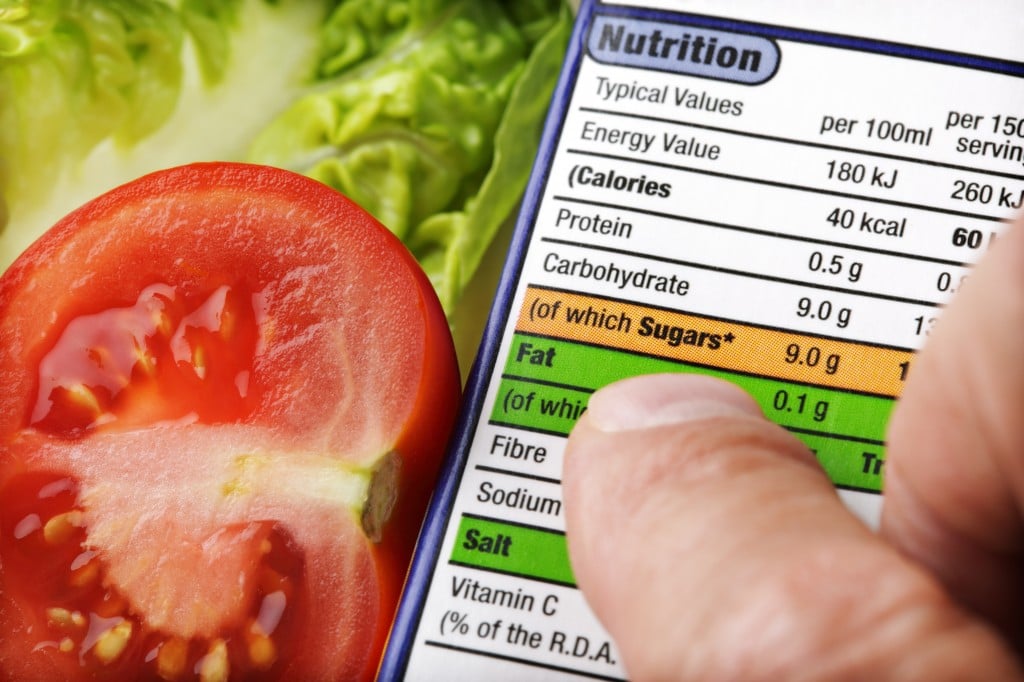
- July 28, 2023
- CFI Communications
Understanding Nutrition Labels
Finding healthy food on the road can be a challenge, but when you find it, do you understand why it’s healthy? Nutrition labels help you make informed food choices and guide you on what and how much to eat. Reading the labels and understanding why something is good or bad for you can assist you on your journey to healthier lifestyle.
Serving Size
Check to see if your serving is the same size as the one on the label. If you double the serving size on the label, you need to double the nutrition amounts. In a nutshell, this tells you how many calories are in a serving and provides a recommended serving size to stay within those calories. If you are counting calories as part of your diet, this is important information to know.
Calories
Calories provide a measure of how much energy you get from a serving of food. A person’s size and activity level determine total calories needed per day. The recommended caloric intake for a 32- year old man to maintain his weight of 200 pounds is 2,544. However, if you are looking to lose weight, you could use this information to determine how many calories to cut from your diet and/or how many calories you need to burn through activity.
Protein
Protein can come from animal sources like chicken or beef or from plant sources like lima beans or wheat. Try to incorporate plant proteins such as beans, cereals and whole grains into your diet.
Sodium
Too much sodium can contribute to high blood pressure. Processed foods usually contain a high amount of sodium. Be careful about the amount of processed foods you are taking in and try to balance your diet with fresh or organic items.
A healthy diet an important part of leading a healthy lifestyle. In combination with staying active, your diet can improve your sleep, help you maintain a healthy weight, lower blood pressure and help promote your overall health.
Visit www.fitness.gov for more information.
Leave Your Comment